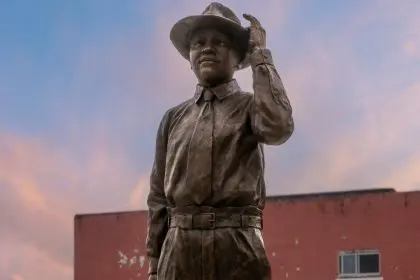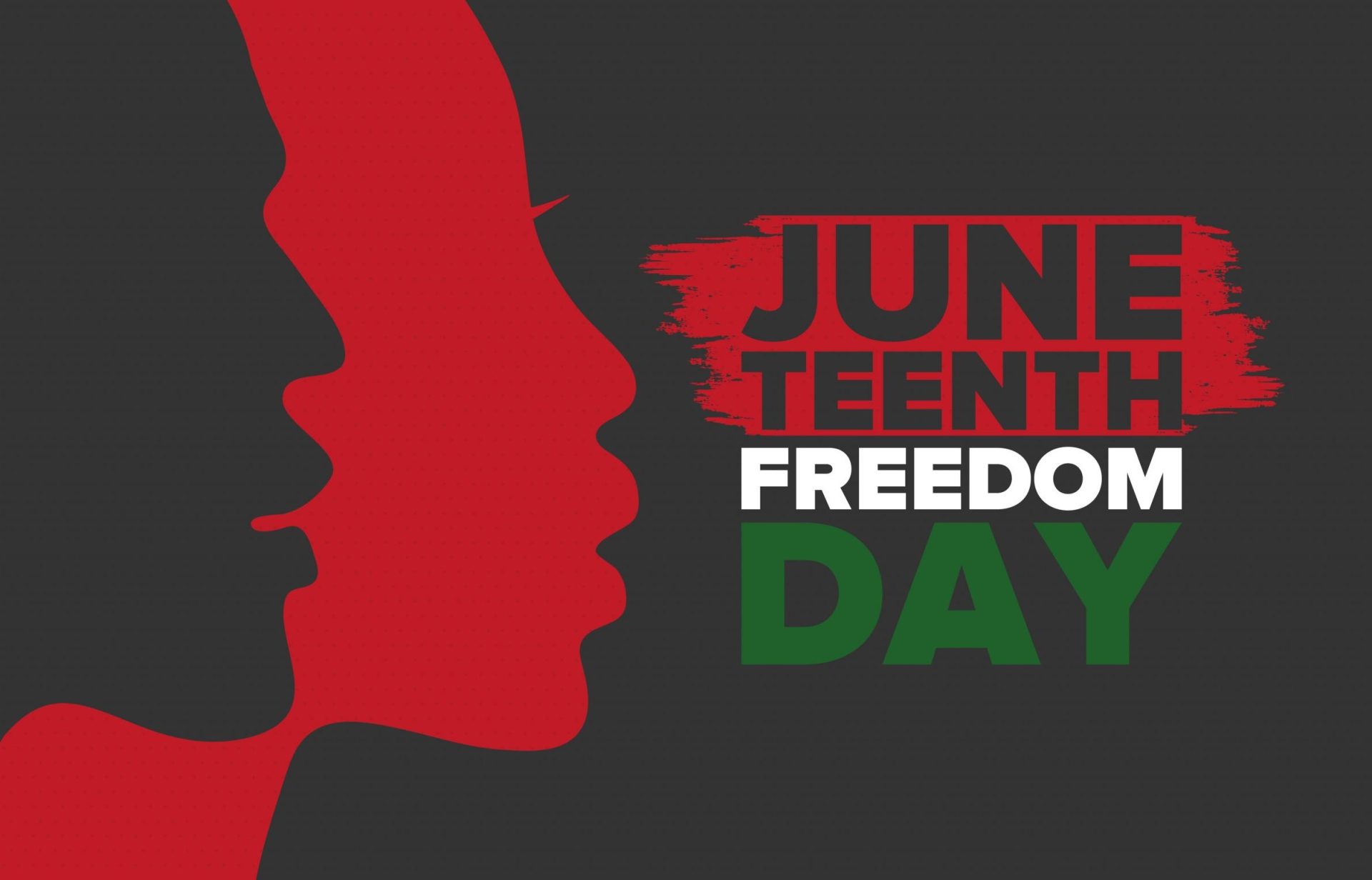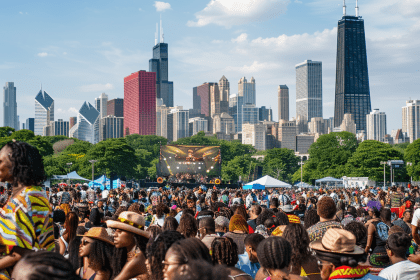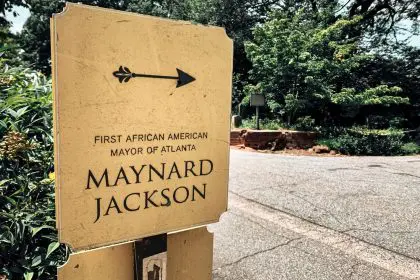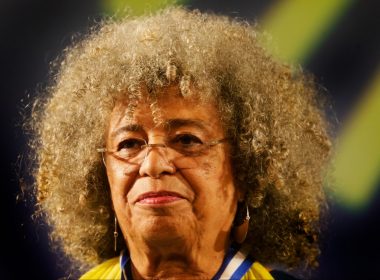A seemingly straightforward question posed by Trevor Noah on his podcast “What Now?” has erupted into a national conversation about the complex legacy of integration in American society. The former Daily Show host sparked widespread discussion during Black History Month by questioning whether integration represented the optimal path forward for Black Americans a perspective that has drawn both fierce criticism and thoughtful consideration.
The catalyst for controversy
During a conversation with Princeton professor Ruha Benjamin Noah referenced Finland’s social structure to frame his inquiry about integration’s effectiveness. The discussion centered on whether integrating into an existing system of racial hierarchy truly served the interests of Black Americans. Benjamin’s response highlighted that the historical narrative often oversimplifies the choices available suggesting that options beyond simple integration or segregation existed.
The conversation expanded beyond traditional boundaries examining how integration policies affected educational quality and community cohesion. This broader perspective considers both the tangible resources gained through integration and the intangible costs to Black educational and cultural institutions.
Historical context and modern implications
The integration debate touches deep historical wounds in American society. The Brown v. Board of Education decision in 1954 marked a pivotal moment establishing integration as a constitutional imperative. However the implementation of this landmark ruling revealed complexities that continue to shape contemporary discussions.
Many Black schools before integration despite resource limitations maintained high academic standards and strong community connections. Teachers in these institutions often provided comprehensive education addressing both academic and cultural development. The loss of these educational environments following integration represents a significant but often overlooked aspect of the historical narrative.
Contemporary perspectives emerge
D.L. Hughley’s appearance on TMZ Live brought additional dimensions to the debate. His critique of Noah’s position emphasized the practical necessities that drove integration while acknowledging its limitations. Hughley pointed to persistent systemic inequalities in various sectors suggesting that integration alone failed to address fundamental power imbalances.
The comedian’s response highlights how integration’s impact extends beyond education affecting housing opportunities economic advancement and social mobility. These ongoing disparities raise questions about whether integration as implemented achieved its intended goals of racial equality.
Social media amplifies discussion
The debate has found fertile ground on social media platforms where users analyze both historical context and contemporary implications. Many contributors reference Martin Luther King Jr.’s later writings expressing concern about integrating into fundamentally unjust systems. This historical perspective adds depth to current discussions about institutional reform and racial equity.
The online discourse reveals a generational divide in perspectives on integration. Younger voices often question traditional narratives while older participants share firsthand experiences of both segregation and integration periods providing crucial historical context to the debate.
Academic perspectives and research
Educational researchers have documented various outcomes of integration policies. Studies show that while integration increased access to resources it sometimes came at the cost of dismantling successful Black educational institutions. This research provides important context for understanding both the benefits and unintended consequences of integration policies.
Contemporary scholarship examines how integration policies affected Black professional networks particularly in education. The displacement of Black educators and administrators following integration represents a significant loss of leadership positions and role models in many communities.
Modern educational challenges
Current educational statistics reveal persistent disparities in academic outcomes resource allocation and disciplinary practices. These ongoing challenges prompt questions about whether integration as implemented adequately addressed systemic inequalities in American education.
The debate has expanded to consider modern forms of segregation including economic and social barriers that maintain racial separation despite legal integration. This evolution of the discussion highlights how historical policies continue to influence contemporary social structures.
Looking forward
The conversation sparked by Noah’s question reflects broader societal debates about addressing racial inequity. While integration represented a crucial step in dismantling legal segregation its implementation and outcomes warrant careful examination as communities work toward genuine equality.
This discussion during Black History Month provides an opportunity to evaluate both historical achievements and ongoing challenges in the pursuit of racial justice. The varied perspectives emerging from this debate demonstrate the complexity of addressing systemic inequality and the importance of considering multiple approaches to achieving social progress.
The dialogue emphasizes how contemporary discussions of race and equality must consider both historical context and modern realities. As communities continue working toward genuine equity these conversations help inform more nuanced approaches to addressing persistent racial disparities in American society.


